Home>Home Appliances>Home Automation Appliances>How To Check If Thermostat Is Working In A Car
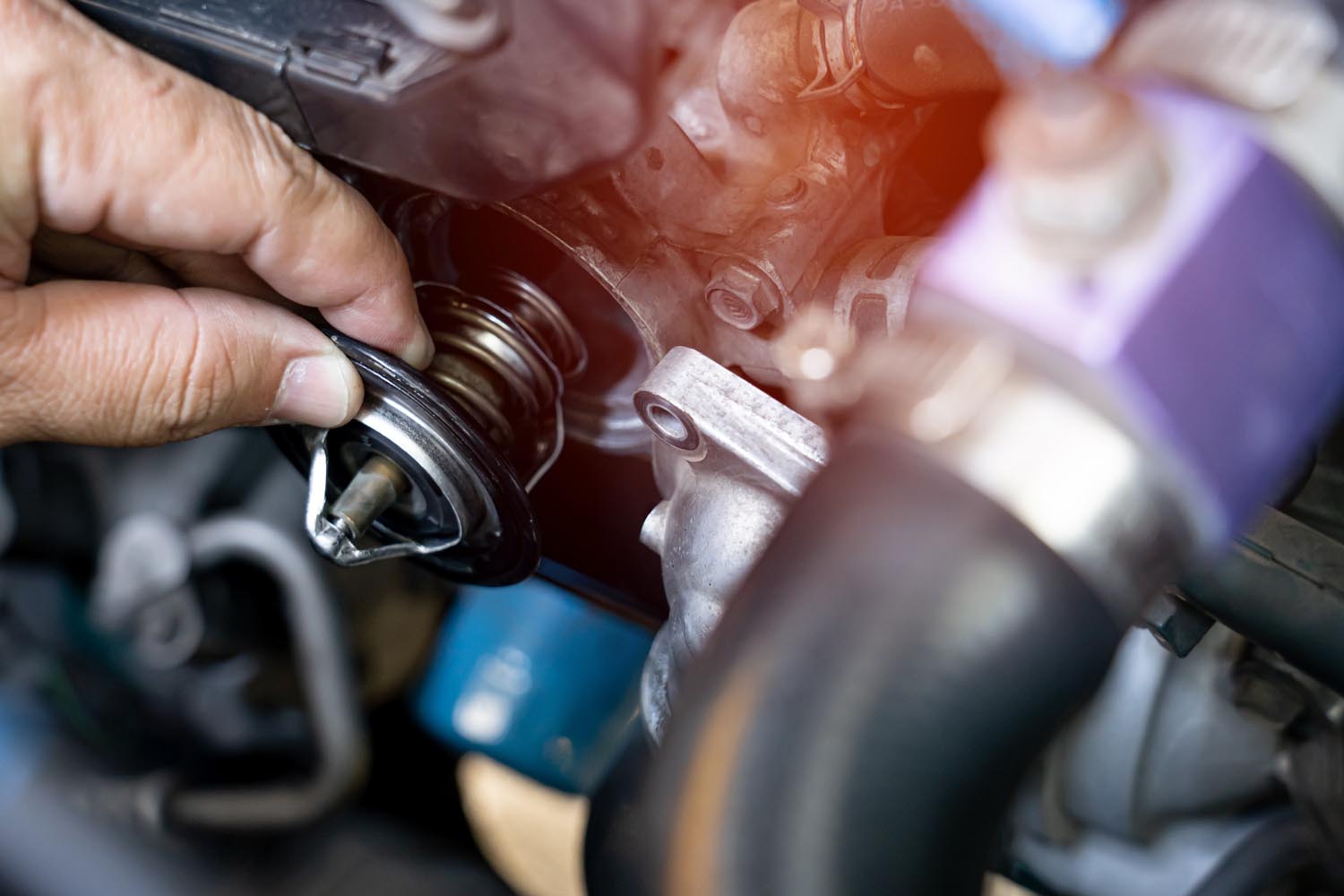

Home Automation Appliances
How To Check If Thermostat Is Working In A Car
Modified: February 27, 2024
Learn how to check if the thermostat is working in your car with our step-by-step guide. Ensure your home automation appliances are functioning optimally.
(Many of the links in this article redirect to a specific reviewed product. Your purchase of these products through affiliate links helps to generate commission for Storables.com, at no extra cost. Learn more)
Introduction
Welcome to the world of automotive thermostat diagnostics! The thermostat in your car plays a crucial role in maintaining the optimal operating temperature of the engine. Understanding its functionality and knowing how to check if it's working are essential for ensuring your vehicle's smooth performance.
A malfunctioning thermostat can lead to a range of issues, from reduced fuel efficiency and engine overheating to potential damage to critical components. By familiarizing yourself with the signs of a faulty thermostat and the steps to verify its functionality, you can stay ahead of potential problems and keep your vehicle running in top condition.
In this comprehensive guide, we'll delve into the intricacies of automotive thermostats, explore the indicators of a malfunction, and walk you through the step-by-step process of checking if the thermostat is operating as it should. Whether you're a seasoned car enthusiast or a novice driver, this article will equip you with the knowledge and insights needed to assess the health of your car's thermostat with confidence.
So, buckle up and get ready to uncover the secrets of thermostat diagnostics, empowering you to make informed decisions and ensure the reliability of your vehicle's cooling system. Let's dive in!
Key Takeaways:
- Keep an eye out for signs of a faulty thermostat in your car, such as erratic temperature gauge readings, persistent overheating, poor fuel efficiency, coolant leaks, and heater malfunctions.
- To check if your thermostat is working, inspect the engine coolant, monitor the engine’s temperature gauge, feel the upper radiator hose, observe the radiator fan, and consider professional inspection if needed.
Understanding the Thermostat in a Car
Before delving into the diagnostics, it’s essential to grasp the pivotal role of the thermostat in your car’s cooling system. The thermostat serves as a gatekeeper, regulating the flow of coolant to maintain the engine at its optimal operating temperature. This temperature, typically around 195°F (90°C), is crucial for efficient combustion, emission control, and overall engine performance.
Located between the engine and the radiator, the thermostat remains closed during the initial stages of the engine’s operation. As the engine warms up, the thermostat gradually opens, allowing the circulation of coolant to facilitate heat dissipation. This controlled flow ensures that the engine reaches its ideal temperature promptly and stays within the designated range during operation.
Modern thermostats are designed to incorporate a wax pellet or a similar mechanism that responds to temperature changes. When the coolant temperature rises, this component expands, prompting the thermostat to open and enable the circulation of coolant. Conversely, when the temperature decreases, the thermostat closes partially or fully to restrict the coolant flow, thereby regulating the engine’s heat level.
Understanding the function of the thermostat provides valuable insight into its impact on the engine’s performance and longevity. A malfunctioning thermostat can disrupt this delicate balance, leading to inefficient engine operation, increased fuel consumption, and potential overheating issues. By recognizing the significance of the thermostat in maintaining the engine’s optimal temperature, you can appreciate the importance of ensuring its proper functionality.
Now that we’ve established the critical role of the thermostat in your car’s cooling system, let’s explore the telltale signs that indicate a potential thermostat malfunction, empowering you to identify and address issues promptly.
Signs of a Faulty Thermostat
Recognizing the symptoms of a faulty thermostat is pivotal for preempting potential cooling system issues and maintaining your vehicle’s performance. Here are some common signs that may indicate a malfunctioning thermostat:
- Temperature Fluctuations: If your car’s temperature gauge displays erratic behavior, such as sudden spikes or drops in temperature, it could signify a malfunctioning thermostat. Inconsistent temperature readings may indicate that the thermostat is failing to regulate the coolant flow effectively.
- Persistent Overheating: An overheating engine is a red flag for potential thermostat problems. If your vehicle consistently experiences overheating, especially during normal driving conditions, the thermostat may be failing to open as it should, impeding the proper circulation of coolant.
- Poor Fuel Efficiency: A malfunctioning thermostat can lead to decreased fuel efficiency, as the engine may operate at suboptimal temperatures. This inefficiency can result in increased fuel consumption and reduced overall performance.
- Coolant Leaks: A faulty thermostat can cause pressure buildup in the cooling system, leading to leaks or seepage around the thermostat housing. If you notice coolant leaks in the vicinity of the thermostat, it may indicate a malfunction that requires attention.
- Heater Malfunction: A malfunctioning thermostat can impact the functionality of your car’s heater. If you experience inconsistent or inadequate heating inside the vehicle, it could be a sign of thermostat issues affecting the proper circulation of coolant.
These indicators can serve as valuable warning signs, prompting you to investigate potential thermostat malfunctions and take proactive measures to address them. By remaining attentive to these symptoms, you can mitigate the risk of more severe cooling system issues and ensure the continued reliability of your vehicle.
Now that we’ve identified the signs of a faulty thermostat, let’s proceed to the essential steps for checking if the thermostat is operating as intended, empowering you to conduct a thorough assessment of your vehicle’s cooling system.
One way to check if the thermostat is working in a car is to feel the upper radiator hose after the engine has warmed up. If the hose is hot, the thermostat is likely working. If it’s cold, the thermostat may be stuck open.
Steps to Check if the Thermostat is Working
Verifying the functionality of the thermostat involves a systematic assessment of its operation and the associated components. Here’s a step-by-step guide to help you determine if the thermostat is working as intended:
- Engine Coolant Inspection: Start by ensuring that the engine coolant is at the appropriate level and in good condition. Low coolant levels or degraded coolant can impact the thermostat’s performance and lead to cooling system issues.
- Initial Engine Warm-Up: Begin by allowing the engine to warm up to its normal operating temperature. Monitor the temperature gauge to confirm that the engine reaches the designated temperature range, indicating that the thermostat is opening as expected.
- Observing the Radiator Hose: With the engine at operating temperature, carefully feel the upper radiator hose. If the thermostat is functioning correctly, the hose should gradually warm up as the thermostat opens, allowing the flow of hot coolant from the engine to the radiator.
- Thermostat Opening Confirmation: To verify the thermostat’s operation, observe the behavior of the temperature gauge and the radiator fan. When the engine reaches its operating temperature, the temperature gauge should stabilize within the normal range, and the radiator fan should activate as needed to maintain the temperature.
- Thermostat Replacement Consideration: If the temperature gauge displays irregular readings, the upper radiator hose remains cool, or the engine overheats despite reaching the designated temperature, it may indicate a malfunctioning thermostat. In such cases, considering a professional inspection and potential thermostat replacement is advisable.
By following these steps, you can perform a preliminary assessment of the thermostat’s functionality and identify potential issues that warrant further attention. It’s important to exercise caution and prioritize safety when conducting these checks, especially when dealing with a hot engine and pressurized coolant systems.
Remember, diagnosing and addressing thermostat issues promptly can help prevent more extensive cooling system problems and ensure the continued reliability of your vehicle. If you encounter persistent symptoms of a faulty thermostat or have concerns about your car’s cooling system, consulting a qualified automotive technician is recommended for thorough diagnostics and necessary repairs.
Armed with the knowledge gained from this guide, you can approach thermostat diagnostics with confidence, safeguarding your vehicle’s performance and maintaining optimal engine health.
Conclusion
Congratulations! You’ve embarked on a journey into the heart of thermostat diagnostics, gaining valuable insights into the critical role of this component in your car’s cooling system. By understanding the thermostat’s function and recognizing the signs of potential malfunctions, you’ve equipped yourself with the knowledge needed to safeguard your vehicle’s performance and longevity.
As you navigate the roads ahead, remaining attentive to the subtle indicators of a faulty thermostat can help you address potential issues before they escalate, ensuring the continued reliability of your vehicle’s cooling system. Whether it’s monitoring temperature fluctuations, addressing persistent overheating, or assessing fuel efficiency, your newfound awareness of thermostat-related symptoms empowers you to take proactive measures and maintain your car’s optimal operation.
Armed with the step-by-step process for checking the thermostat’s functionality, you can conduct preliminary assessments and identify potential thermostat issues, fostering a proactive approach to vehicle maintenance. By prioritizing regular checks and prompt action when symptoms arise, you can uphold the efficiency and performance of your car’s cooling system, contributing to a smoother driving experience and enhanced engine health.
Remember, when in doubt or when faced with persistent symptoms of a faulty thermostat, seeking professional guidance from a qualified automotive technician is always a prudent choice. Professional diagnostics and necessary repairs can address underlying issues and ensure the continued reliability of your vehicle’s cooling system, providing you with peace of mind as you navigate your automotive journey.
As you apply the knowledge gained from this guide, you’re poised to approach thermostat diagnostics with confidence, ensuring that your car’s cooling system operates optimally and your engine remains in peak condition. By staying attuned to your vehicle’s performance and addressing potential thermostat issues proactively, you’re taking proactive steps to maintain the health and reliability of your automotive companion.
So, rev up your engines with confidence, knowing that you’re equipped with the insights and know-how to keep your car’s thermostat in check, ensuring smooth travels and uninterrupted adventures on the open road!
Frequently Asked Questions about How To Check If Thermostat Is Working In A Car
Was this page helpful?
At Storables.com, we guarantee accurate and reliable information. Our content, validated by Expert Board Contributors, is crafted following stringent Editorial Policies. We're committed to providing you with well-researched, expert-backed insights for all your informational needs.
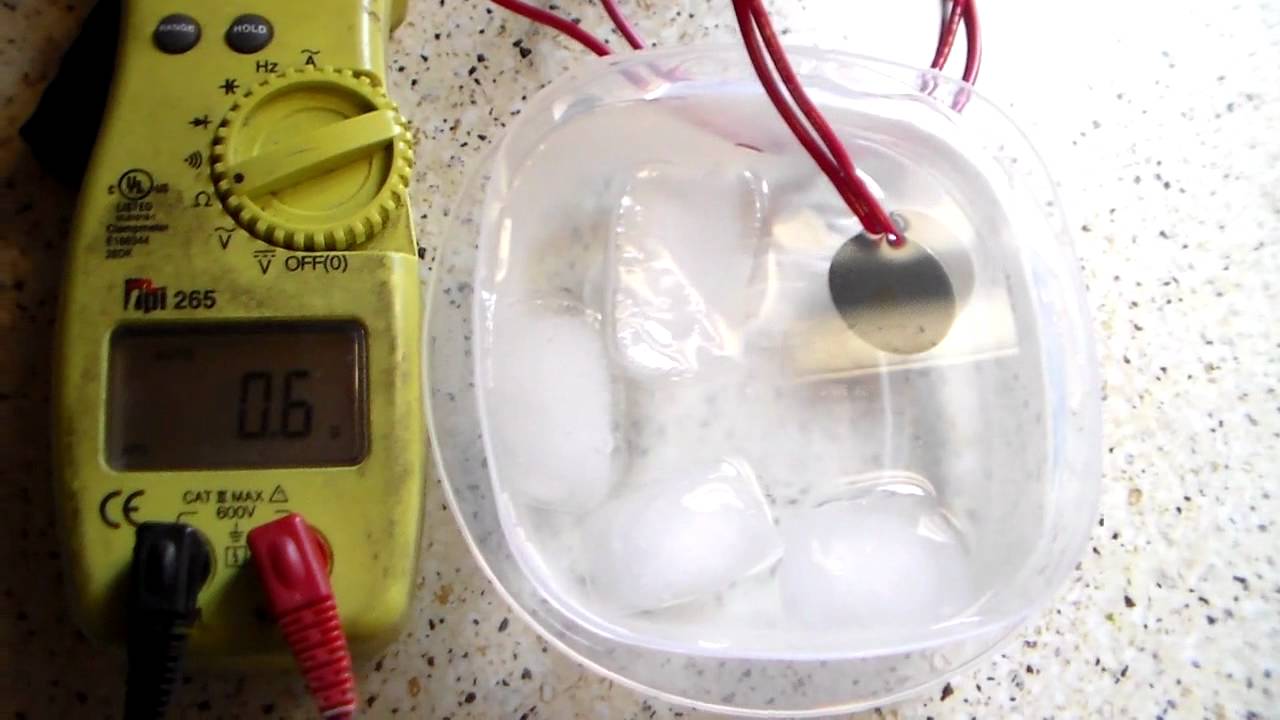
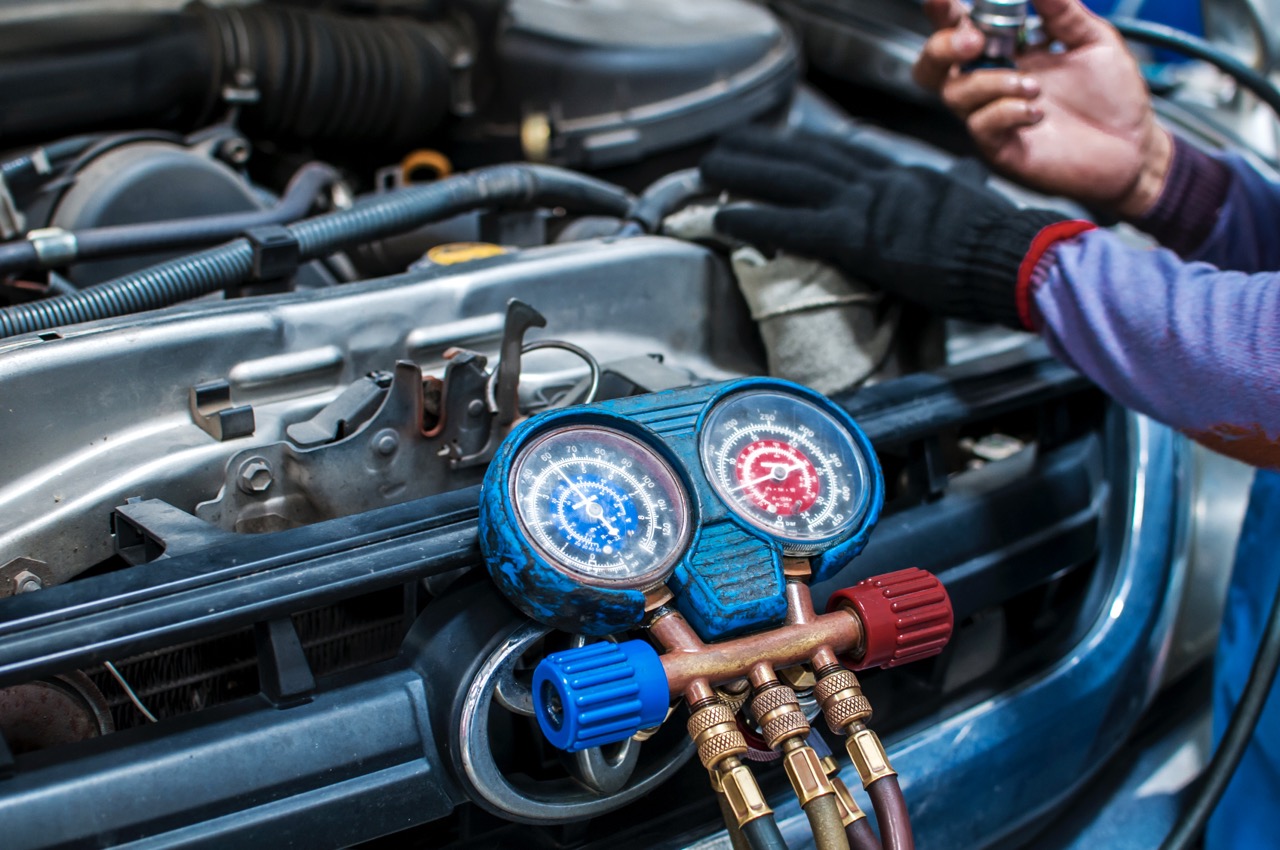

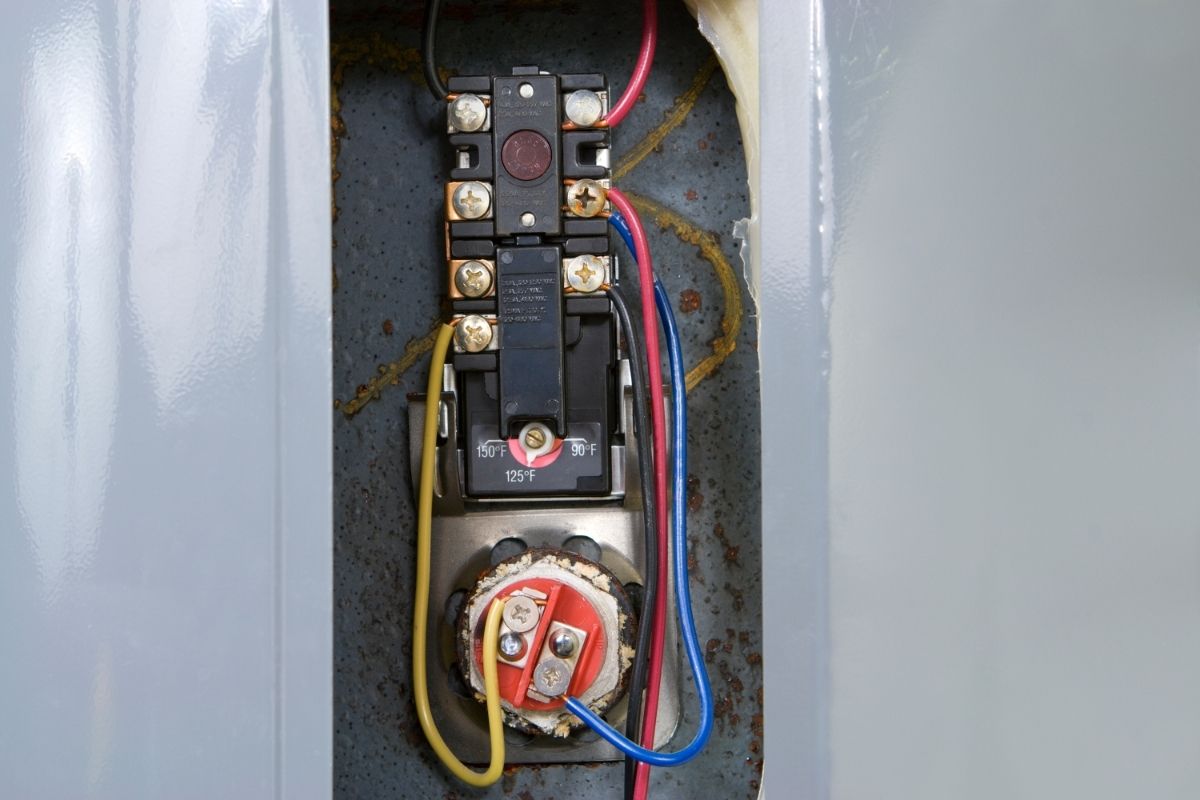
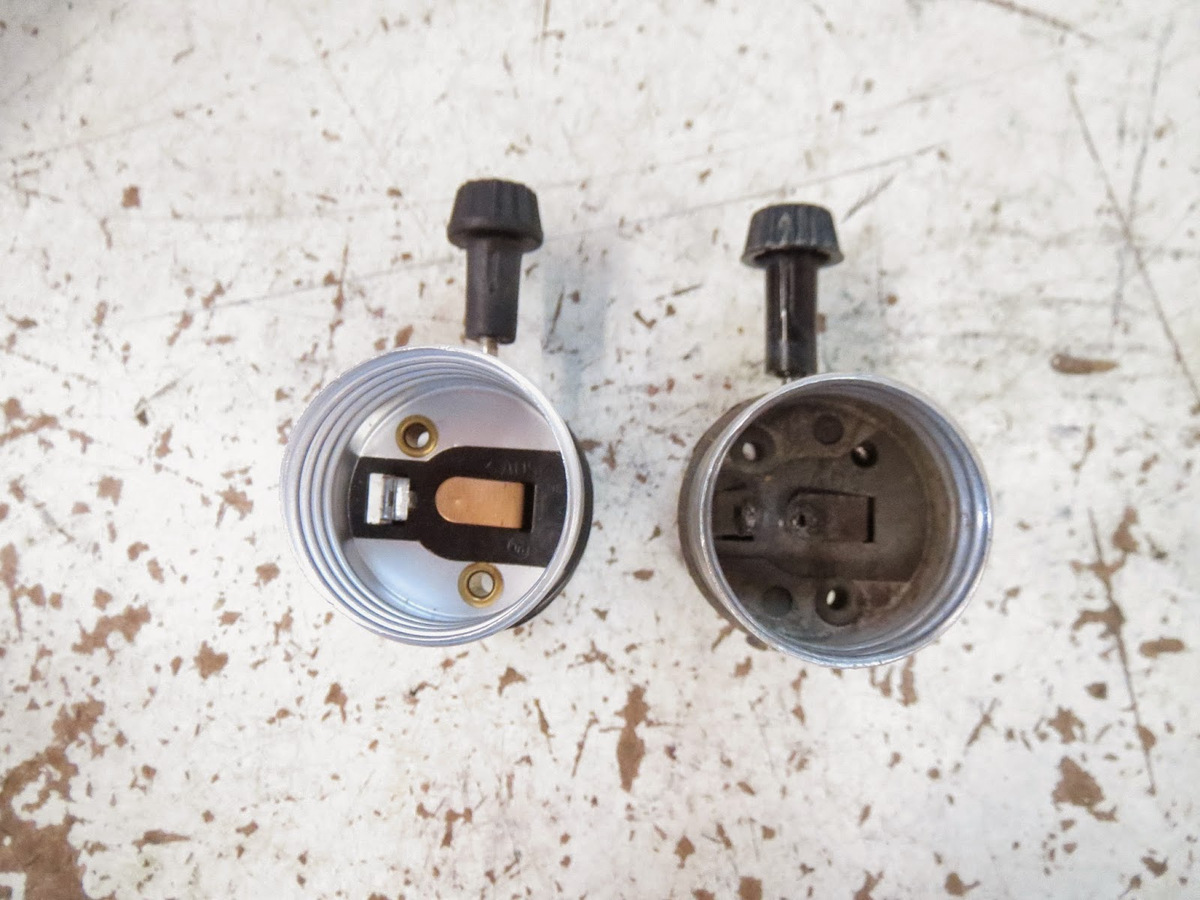
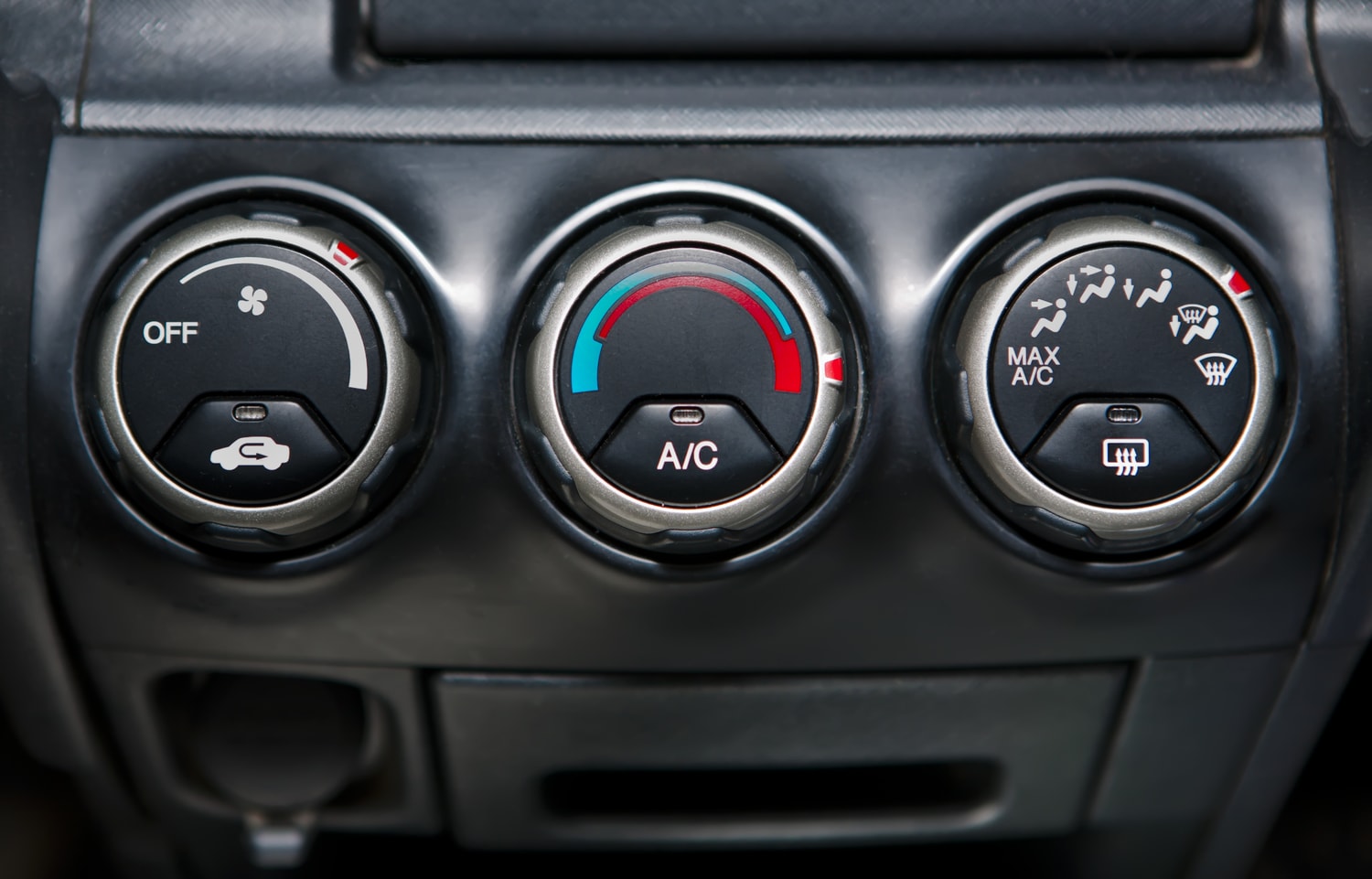
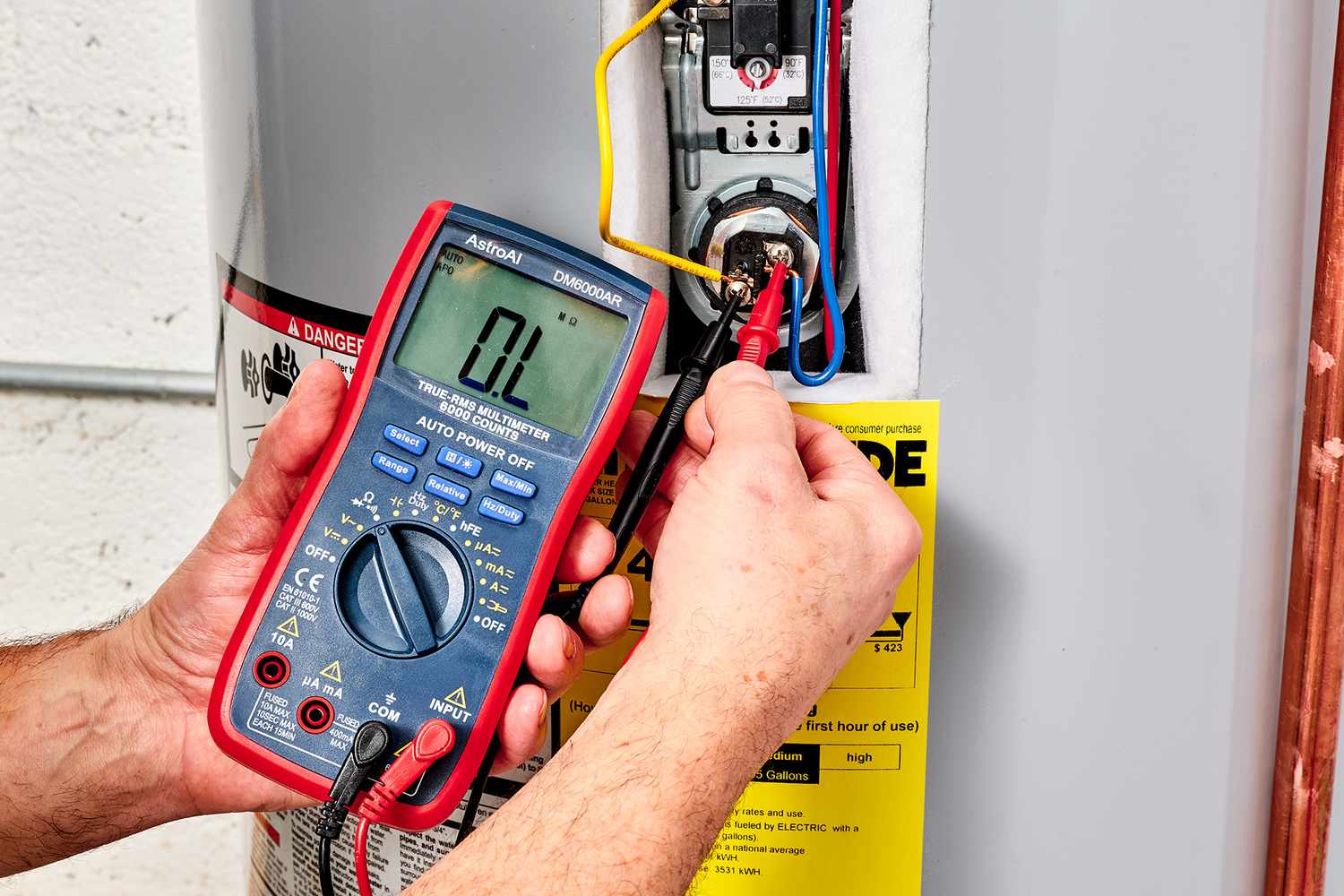
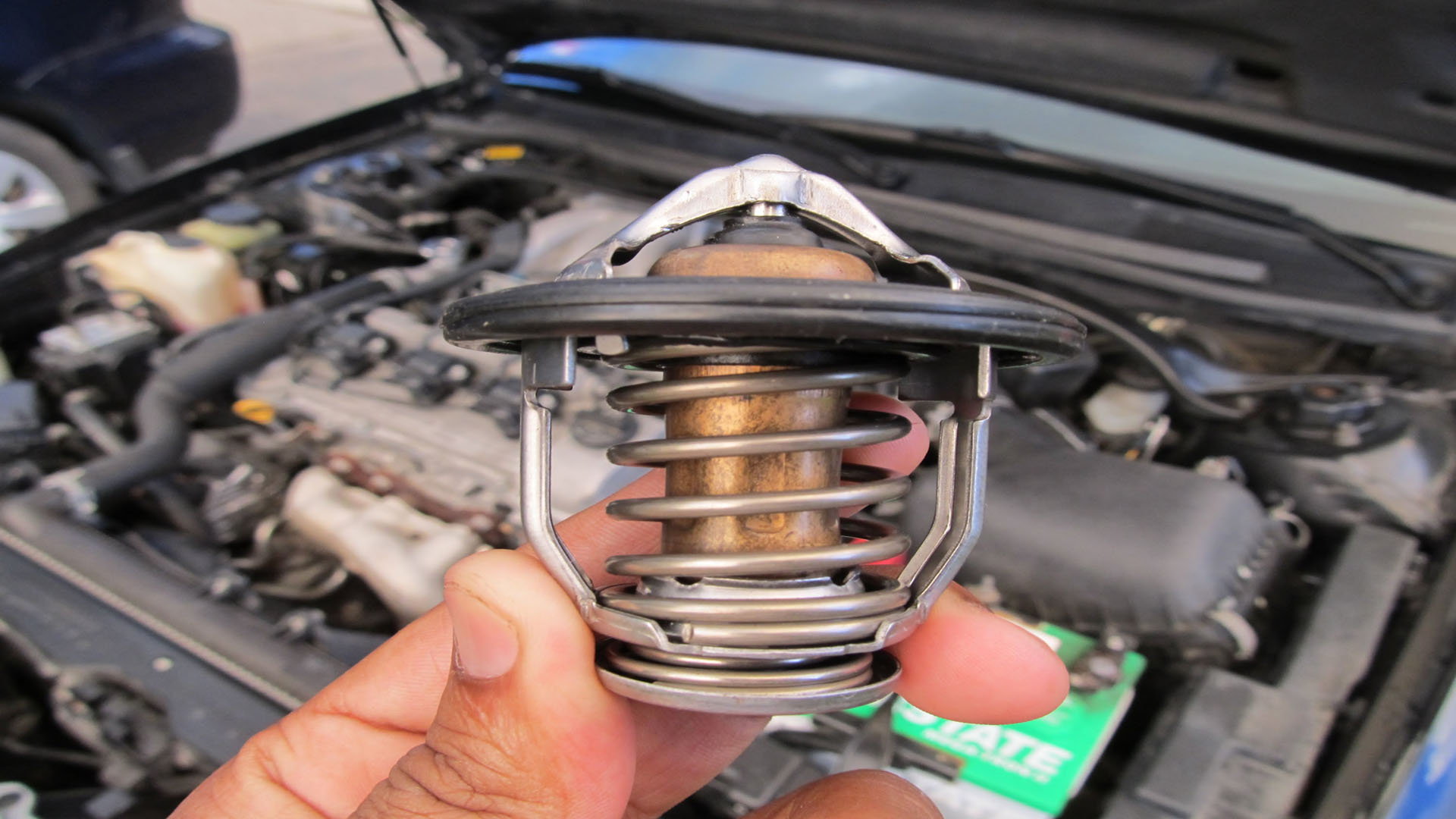
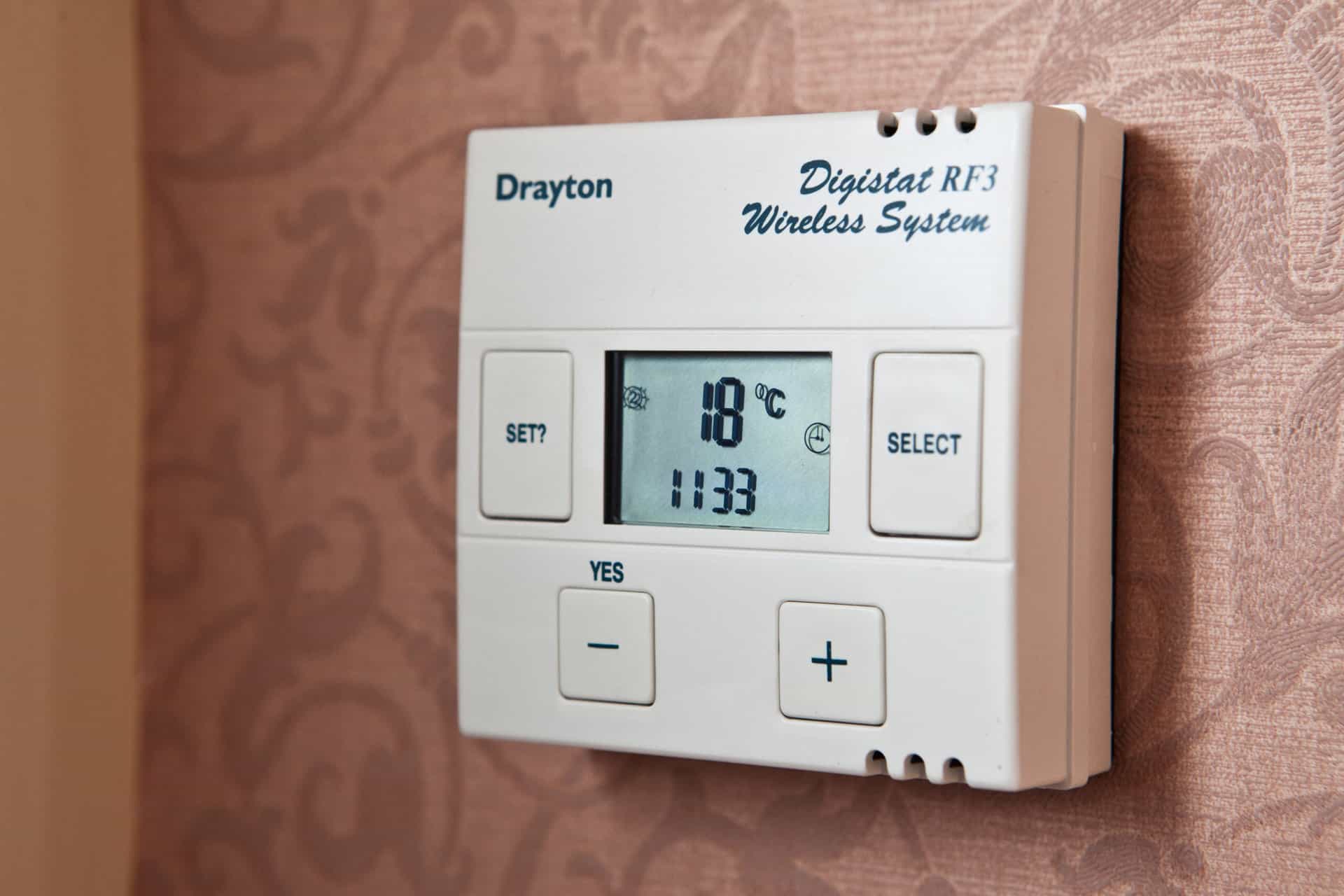

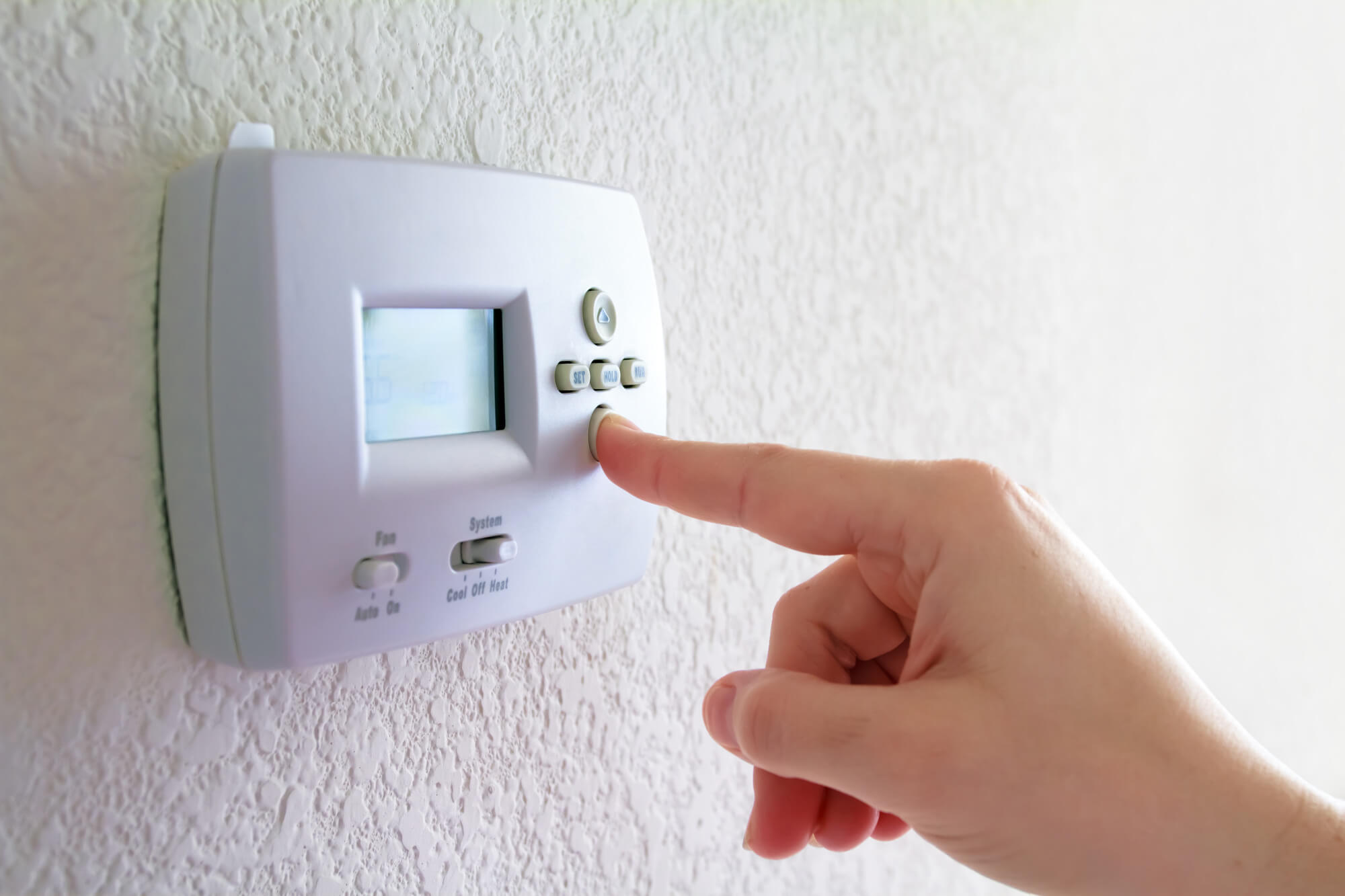
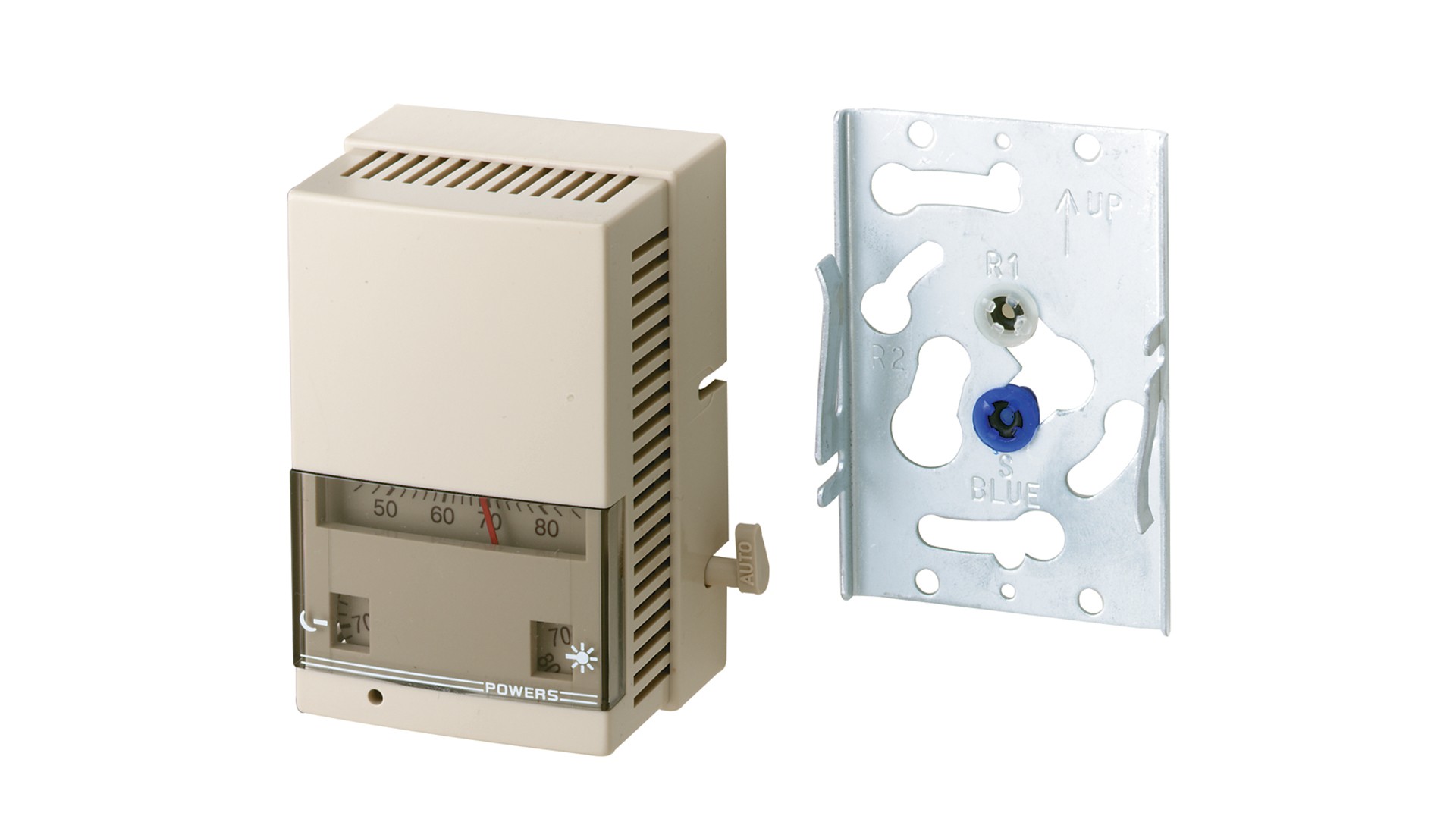
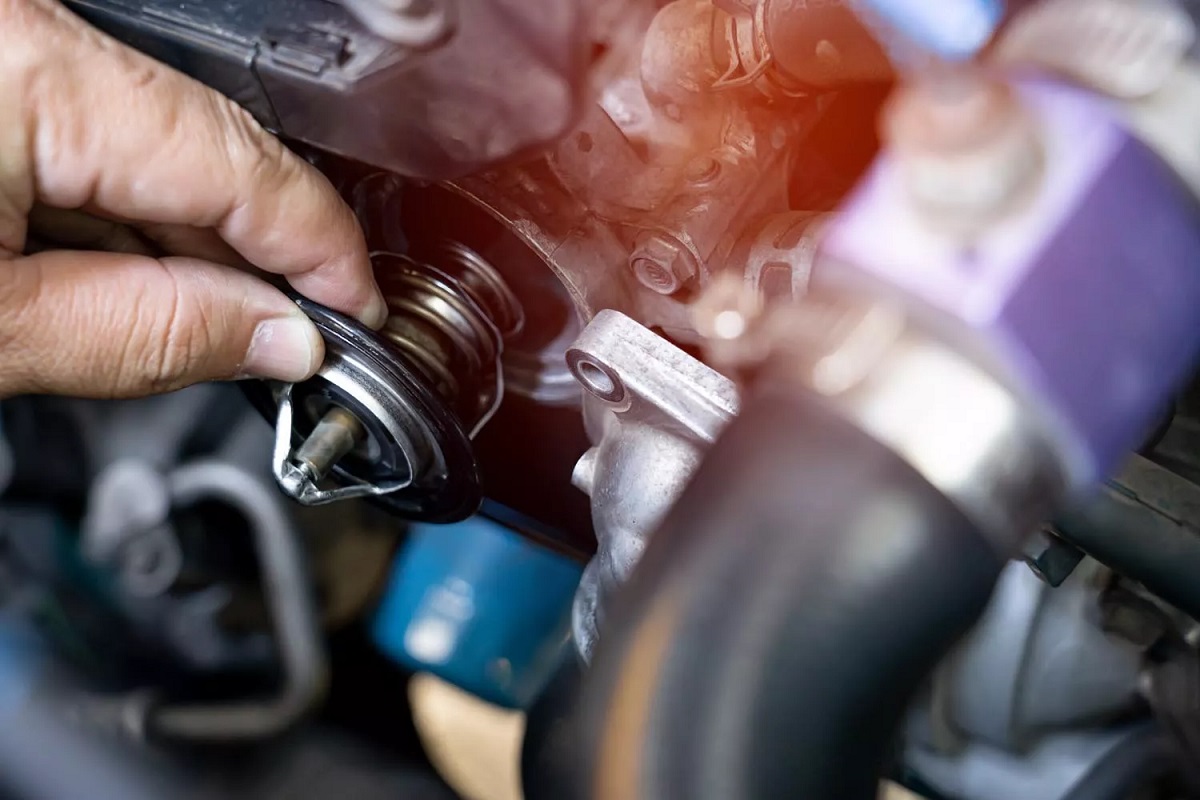
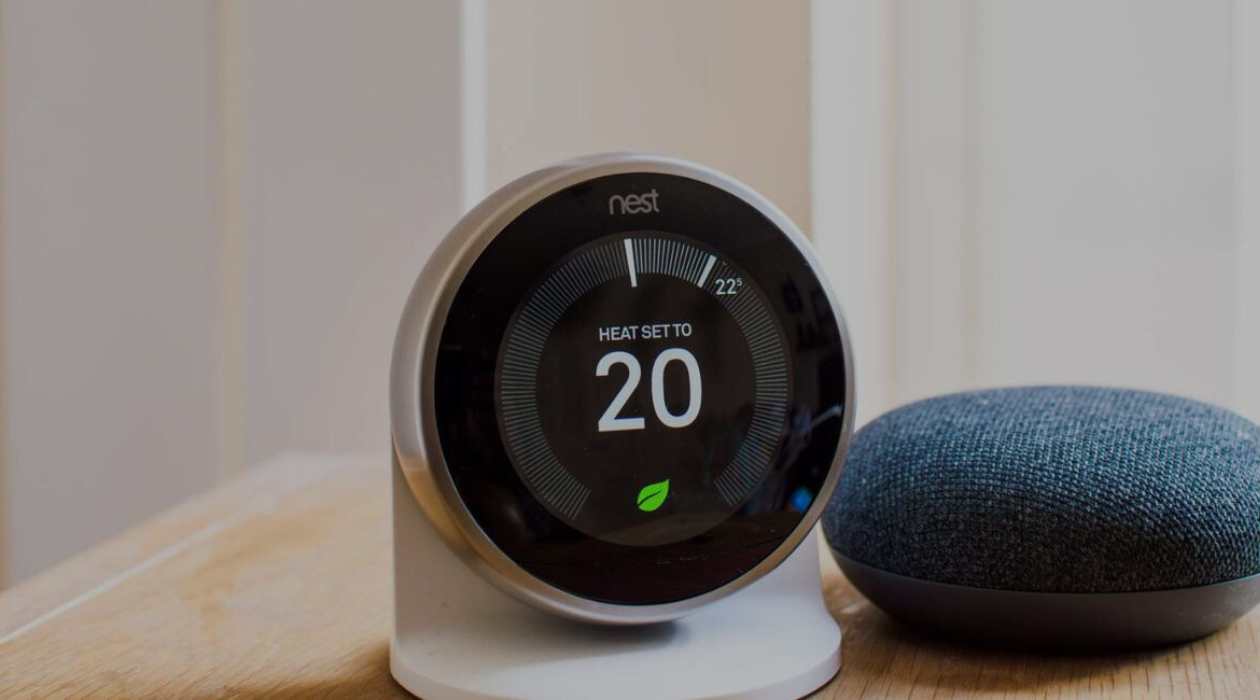
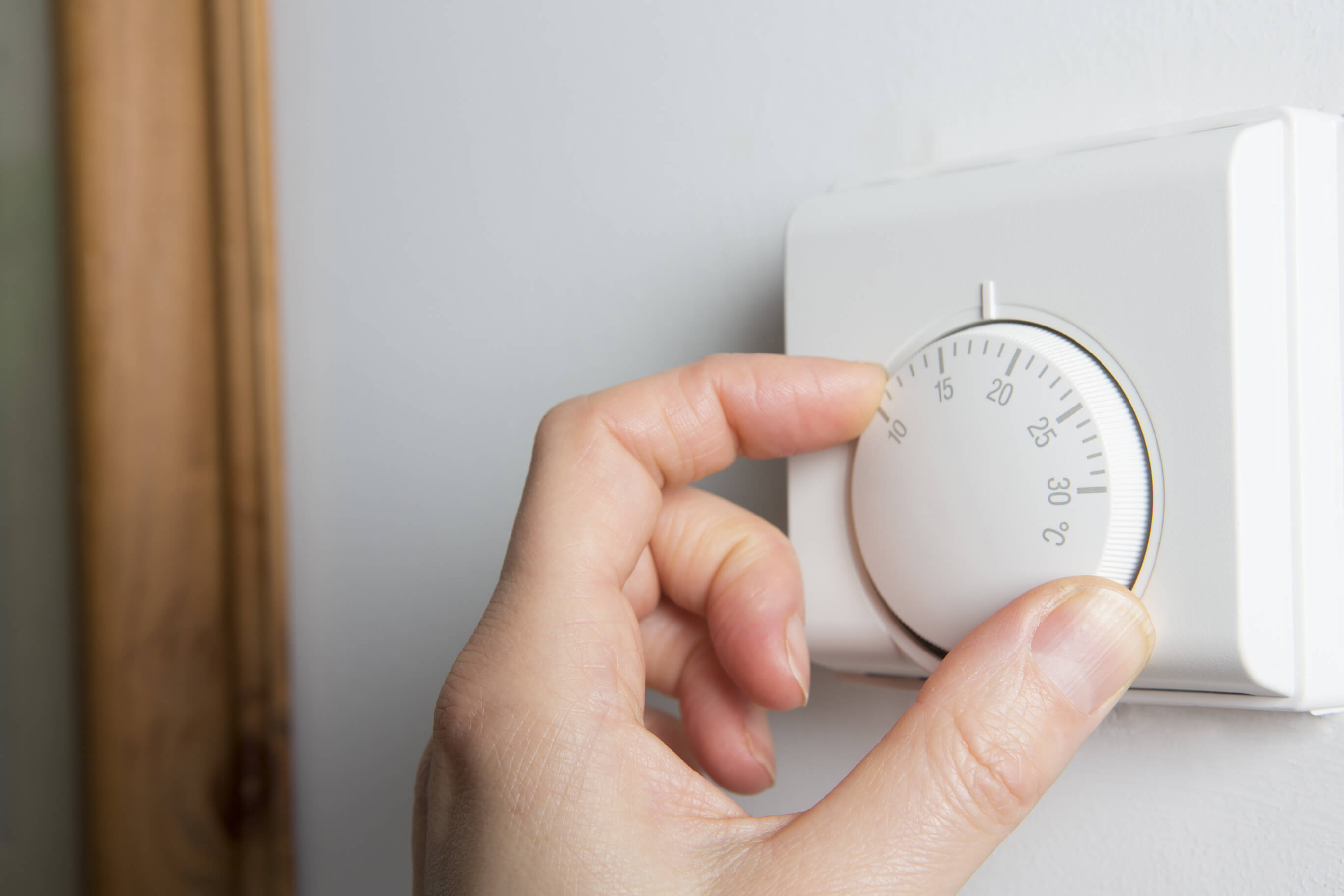

0 thoughts on “How To Check If Thermostat Is Working In A Car”